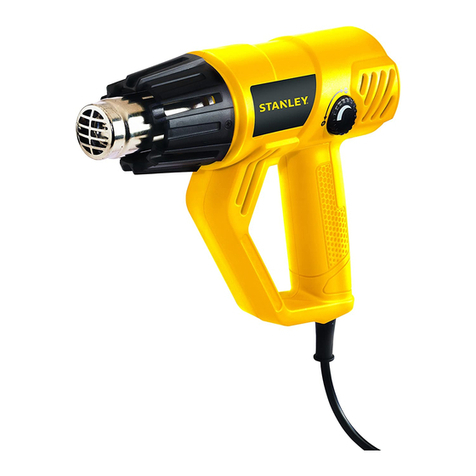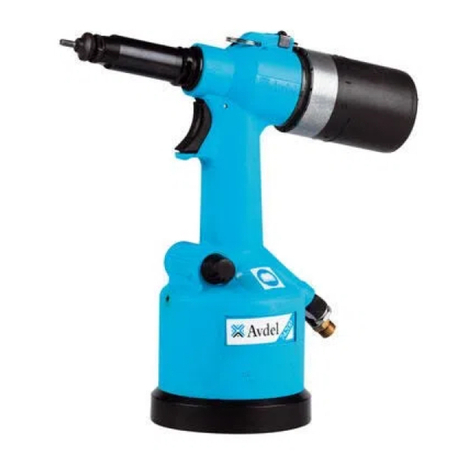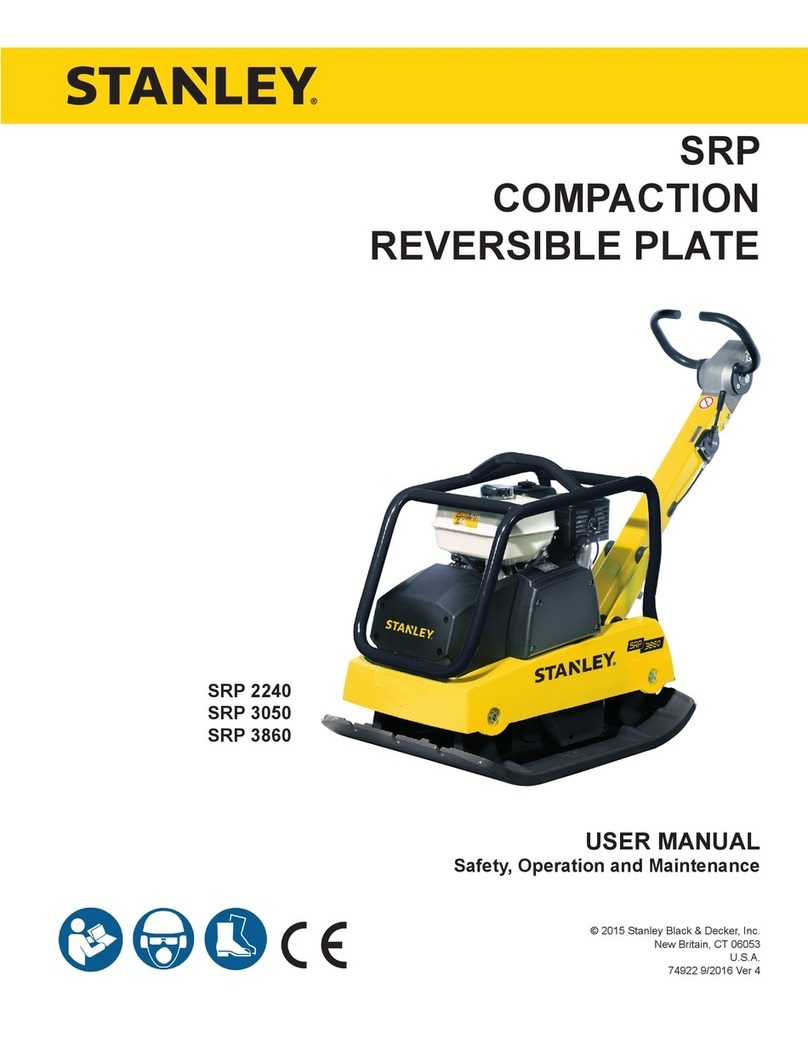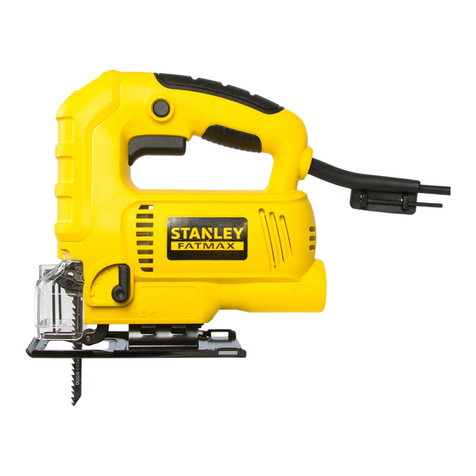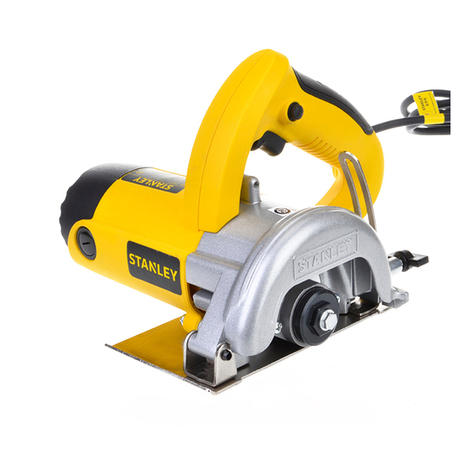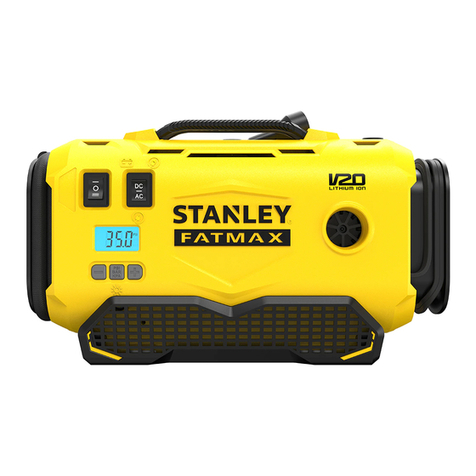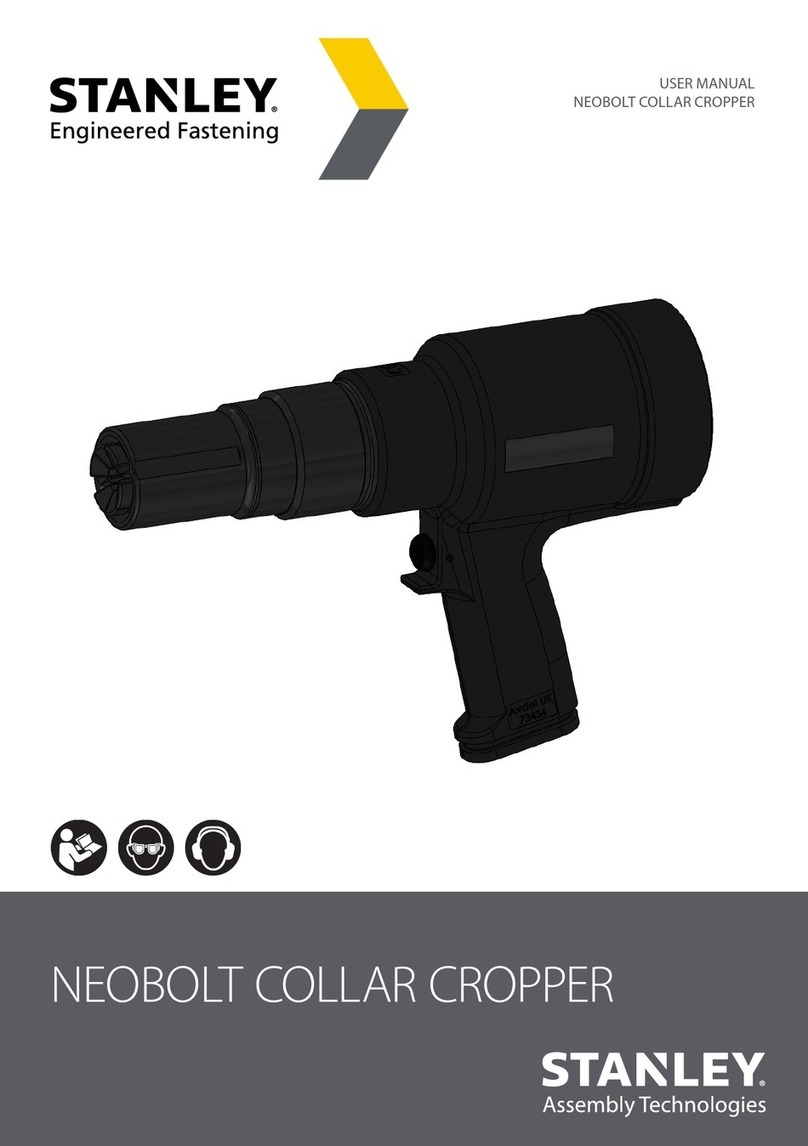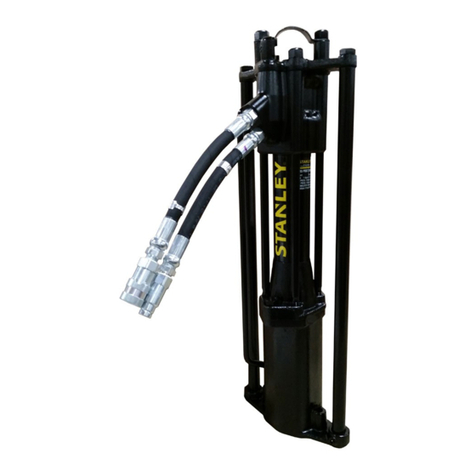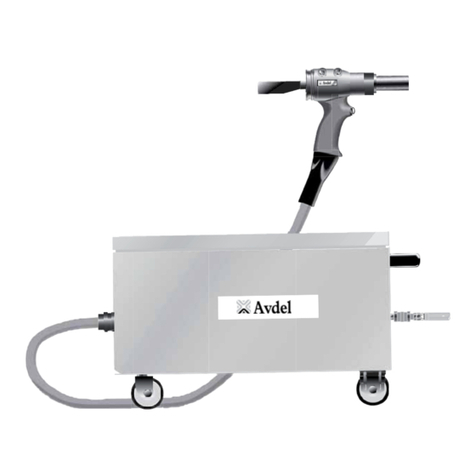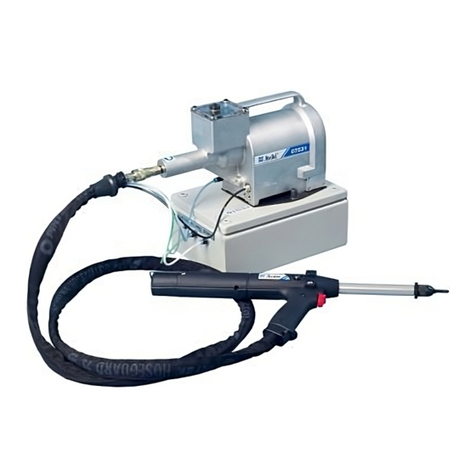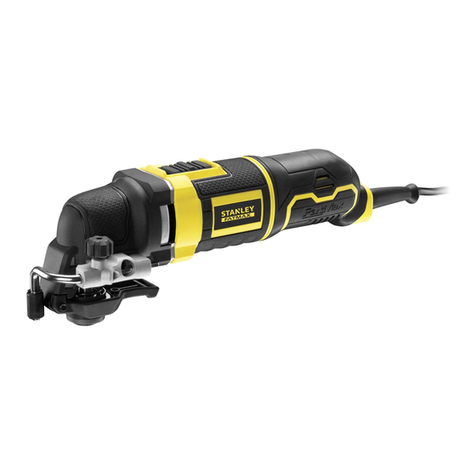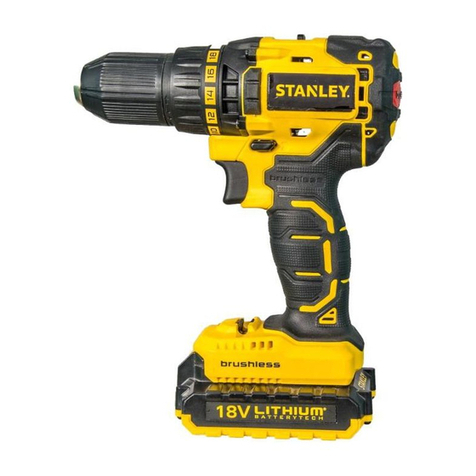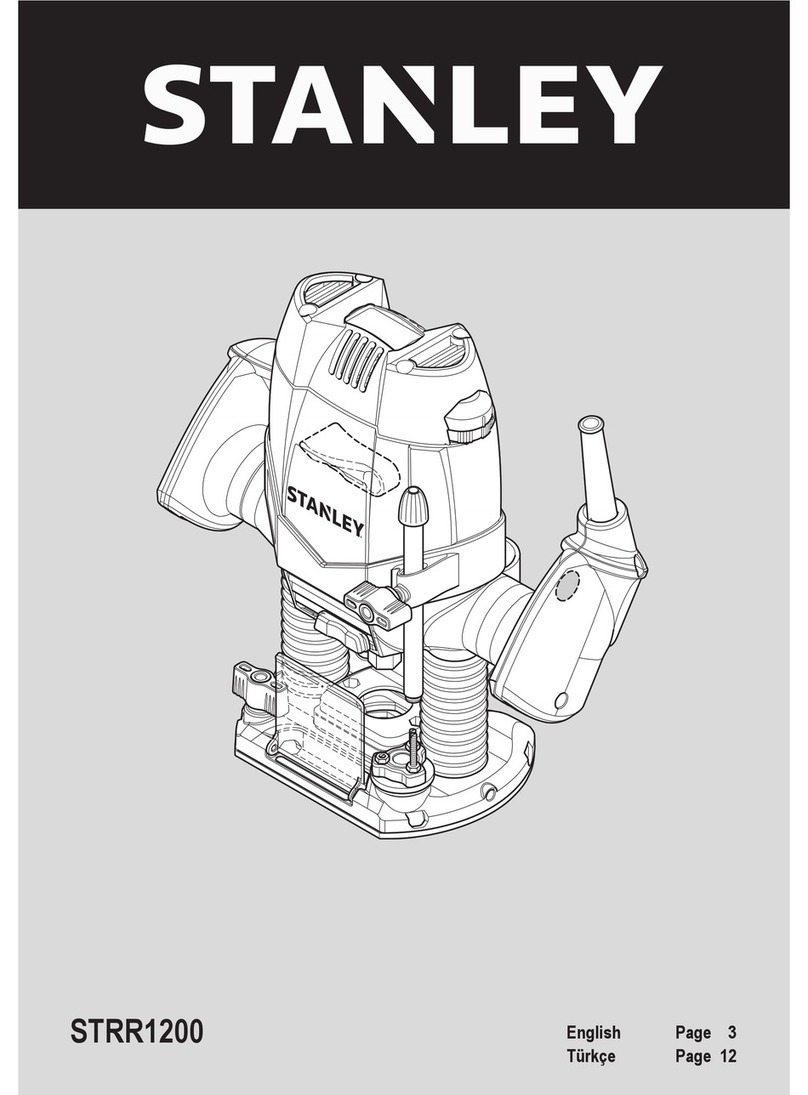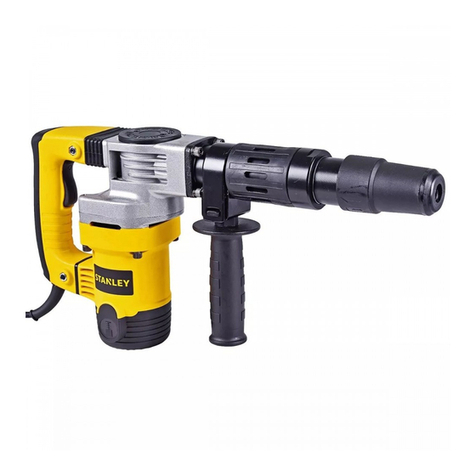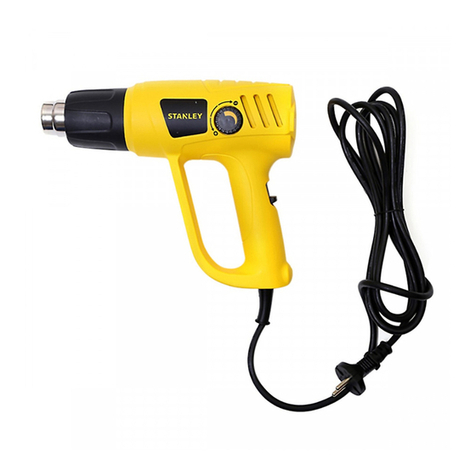
8
Good maintenance practices will keep the rod driver on
the job and increase its service life.
A very important maintenance practice is to keep the
hydraulic fluid clean at all times. Contaminated
hydraulic fluid causes rapid wear and/or failure of
internal parts.
Follow the procedures contained in the HYDRAULIC
SYSTEM REQUIREMENTS section of this manual to
ensure peak performance from the tool. Never disas-
semble the rod driver unless proper troubleshooting
procedures have isolated the problem to an internal
part. Then, only disassemble it to the extent necessary
to replace the defective part. KEEP CONTAMINANTS
SUCH AS DIRT AND GRIT AWAY FROM INTER-
NAL PARTS AT ALL TIMES.
Always determine and correct the cause of the problem
prior to reassembly. Further wear and tool failure can
result if the original cause is not corrected.
DISASSEMBLY
Prior to Disassembly
Clean the exterior of the tool.
Obtain a seal kit to replace all seals exposed during
disassembly. Note the orientation of seals before
removing them. Install new seals in the same
position as original seals.
Discharging The Accumulator
1. Secure the rod driver in a bench vise, with the “IN”
and “OUT” ports up, clamping on the flow sleeve
tube between the side rods. Soft vise jaws are
recommended.
2. Remove the pigtail hose assemblies and the valve
(49).
Note: The rod driver is full of fluid which
will drip from the ports when the hoses are
removed.
3. Remove the plug (3) from the side of the top plate
(7). Discharge the accumulator by depressing the
plunger in the charge valve (5).
Top Plate, Accumulator Diaphragm & Valve
Spool
4. Unscrew and remove the 2 capscrews (2) located on
the top of the top plate (7).. Loosen the 4 setscrews
(8) and remove the 2 handle bars (1).
5. Remove the four lock nuts (6) and lift off the top
plate (7).
6. Lift out the accumulator diaphragm (9).
7. Lift out the valve spool (11) and the spring (12).
Discard the o-ring (10).
Guide Housing, Rod Anvil, & Adaptor Block
8. Unscrew and remove the 2 capscrews (2).
9. Remove the guide housing (48) , rod anvil (46),
and spring (45).
10. Remove the adaptor block (43) by tapping the top of
the flange with a plastic or rubber hammer to drive
it from the flow sleeve tube (34). Remove the cup
seal, seal washer and rod wiper (41, 40, & 39) from
the adaptor block using the proper o-ring tools to
avoid damage to grooved surfaces.
11. Remove the accumulator valve block (13) from the
flow sleeve tube assembly by tapping on the lower
edge of the accumulator valve block with a plastic
or rubber hammer.
Piston, Automatic Valve Body, Automatic
Valve & Flow Sleeve
12. Remove the piston (37) from the flow sleeve (35)
and automatic valve body (21).
13. To disassemble the flow sleeve assembly, proceed as
follows:
a. Place the flow sleeve removal tool (p/n 04919)
on top of the flow sleeve removal tube (p/n
04910). Place the flow sleeve assembly (auto-
matic valve body down) on the flow sleeve
removal tool.
Use a rag in the bottom of the removal tube
to protect the parts when they drop out.
IMPORTANT
SERVICE
